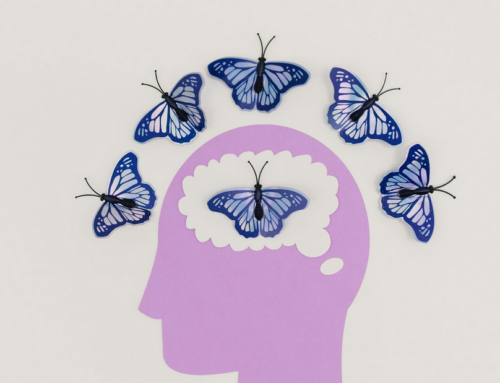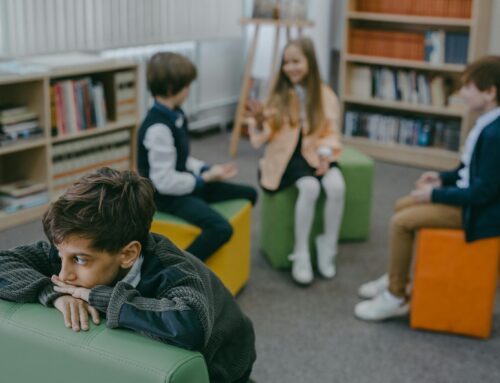Dyslexia is an extremely common condition, currently impacting about 20% of the total population and represents 80 to 90% of all of those who struggle with learning disabilities. (1)
Those who struggle with dyslexia are often fearful of reading out loud, putting pen to paper, or communicating their thoughts non-verbally. This is especially true for children who are only starting to learn how to put their feelings into words in the first place. In this article, we will explore dyslexia and the brain, unpacking what current research tells us and how we can use it to better educate ourselves and others.
What is Dyslexia?
First and foremost, let’s begin by understanding what dyslexia is and how it can manifest. Dyslexia is a common learning disability that impacts one’s ability to read. Individuals who struggle with dyslexia have difficulty reading at a steady pace and oftentimes make mistakes when reading out loud or in their heads.
The early warning signs of dyslexia in children are a delay in learning to talk, slow speed when learning new words, and struggles when trying to read. The good news is that since dyslexia is so common, public schools have gotten extremely good at providing the necessary support and educational resources to help children thrive.
Genetic Factors at Play
If a parent or other family member has struggled with dyslexia, it is not uncommon for a child to also experience this challenge, as well. Dyslexia is a neurological condition that is highly genetic, so individuals can inherit the condition from a parent as it affects their neurological system. Dyslexia directly impacts the parts of the brain responsible for learning to spell and read.
Brain Connectivity
Dyslexia can impact the brain in a variety of different ways. Individuals who struggle with dyslexia have several structural changes in their brains that impact their ability to read. Overall, there is a reduction of neuroplasticity in the brain that impacts the left hemisphere responsible for language and reading.
Visual and Auditory Processing
Studies show that about 25% of all children with dyslexia also have auditory processing disorder in combination with this learning disability.(2) This means that it is even more challenging to overcome learning to read and spell since the brain is wired in a way that makes it difficult to translate what someone is saying audibly. If you have a child suffering from dyslexia, it is a good idea to get them tested for other learning disabilities as it is not uncommon for these to go hand in hand.
Overcoming Dyslexia
As mentioned earlier in this article, academic institutions have gotten much better at supporting students with dyslexia in recent years. Since this learning disability is one of the most common, there have been tried and true interventions for students who are learning to read and write. Teachers may practice connecting letters with sounds, lending sounds into words, and breaking down words into sounds when helping students with dyslexia learn reading skills.
We hope this article helped you better understand dyslexia and the brain as we unpack what current research tells us about this extremely common learning disability. If your child is struggling with dyslexia or any other learning disability, contact NeuroBhevaioral Associates today to get custom support for your child’s specific needs.
Resources:
- Dyslexia FAQ – Yale University
- Is Dyslexia Hereditary? – Reading Rockets






